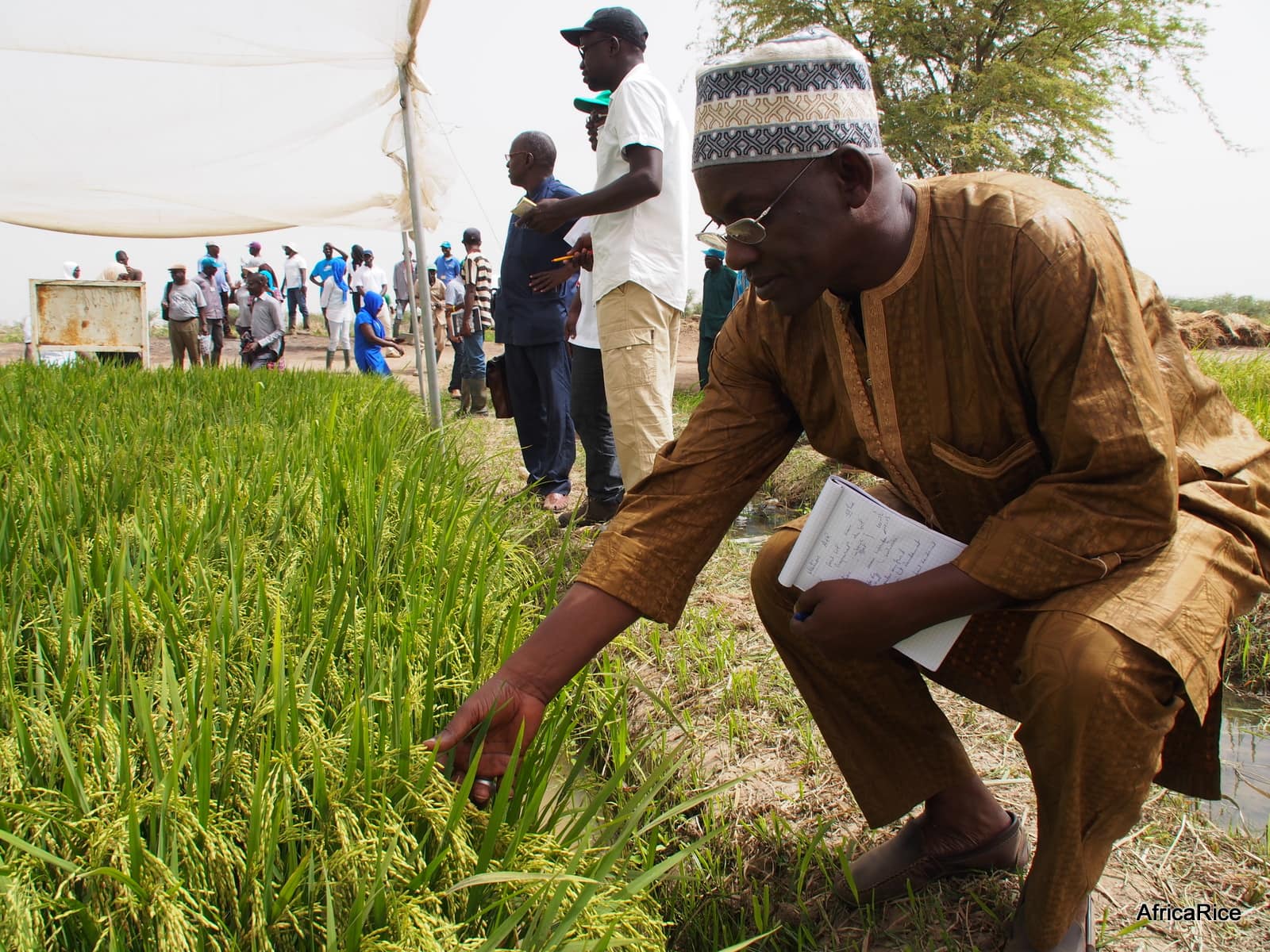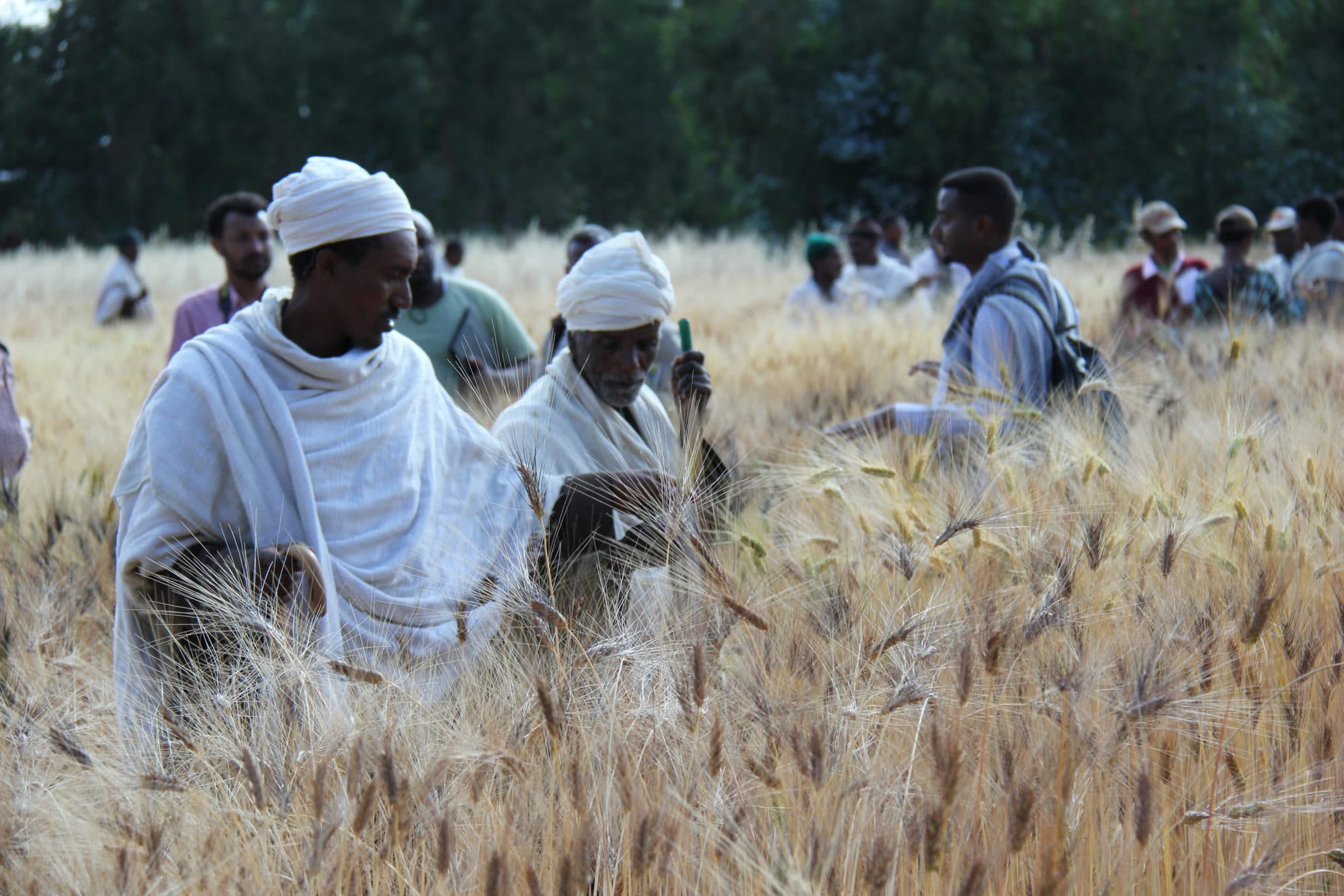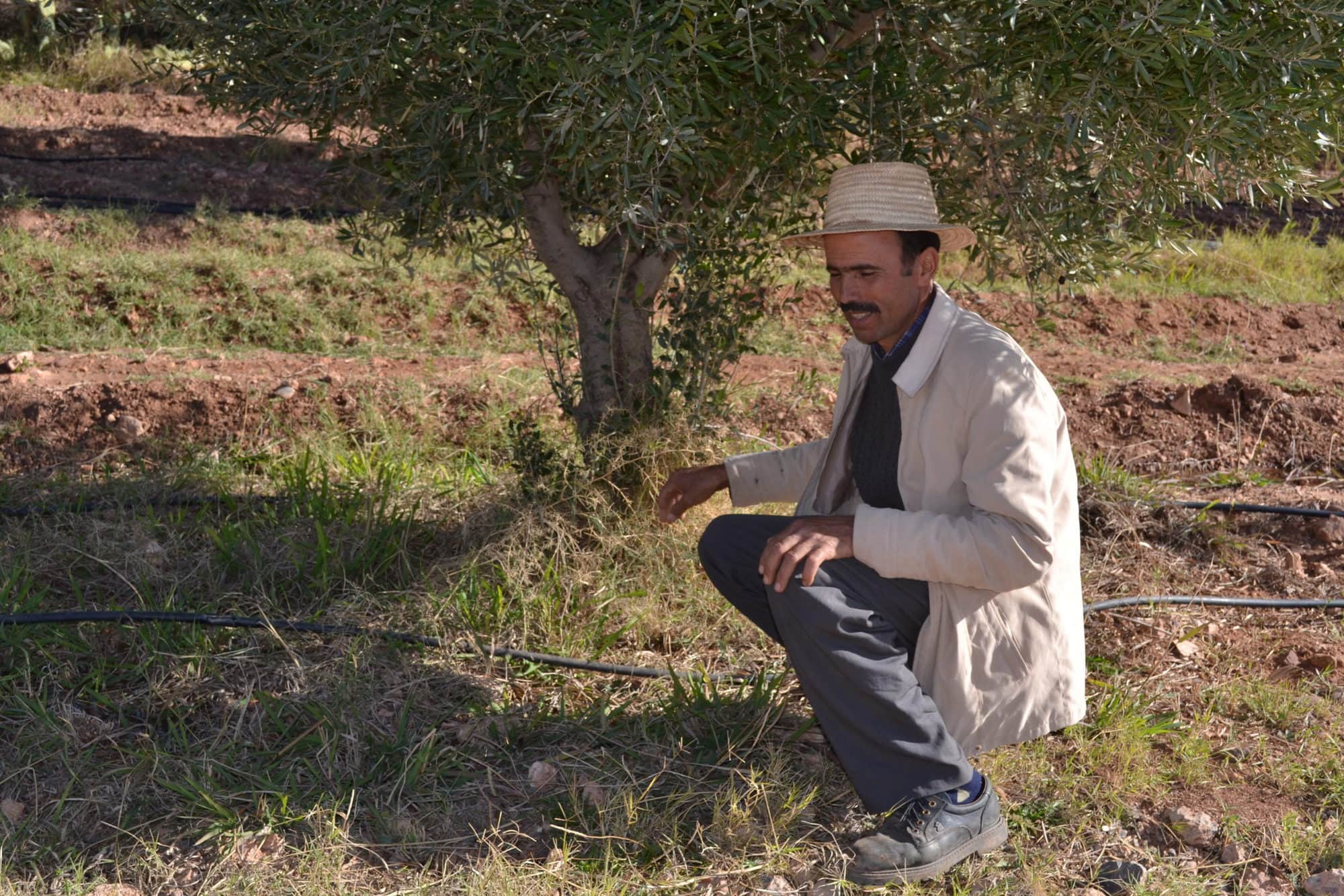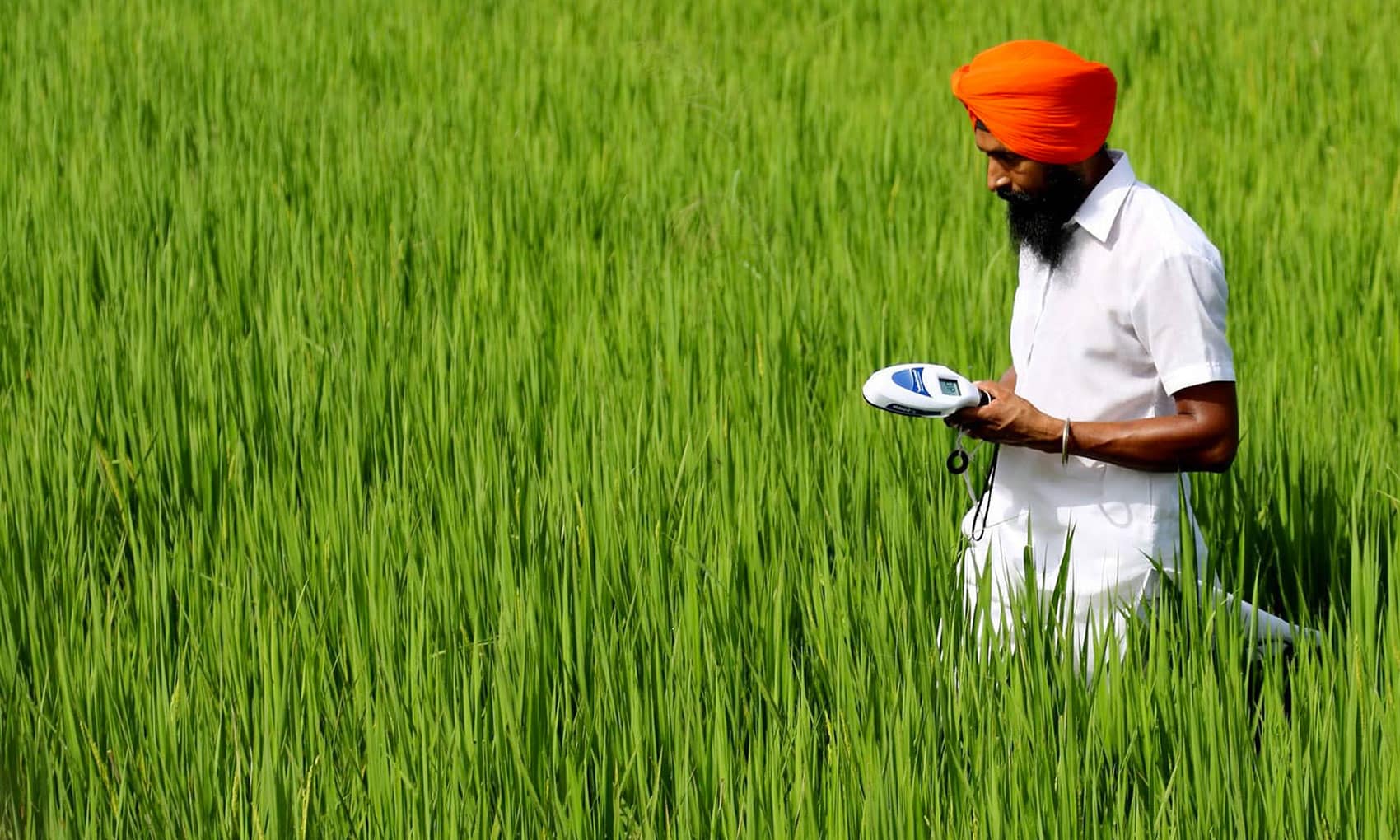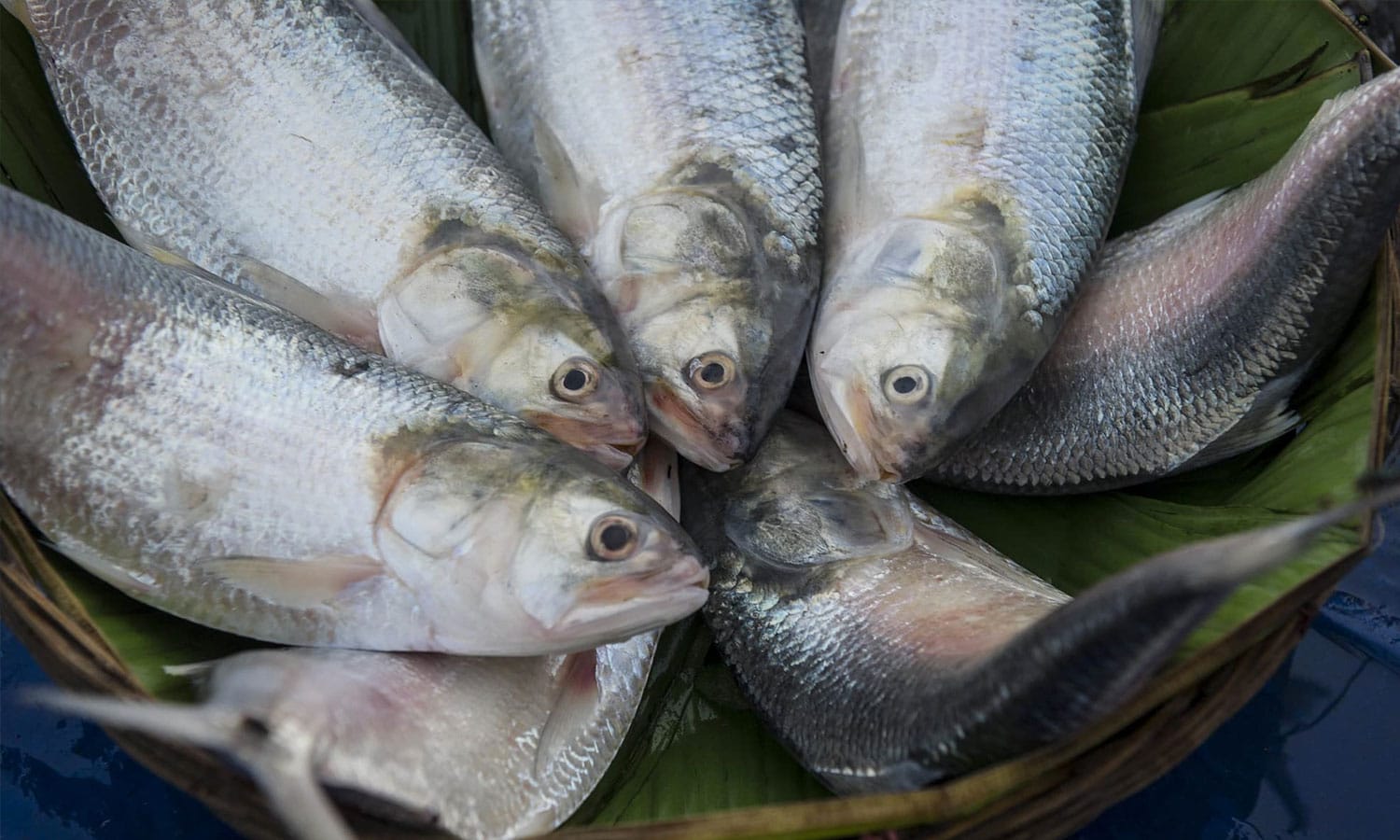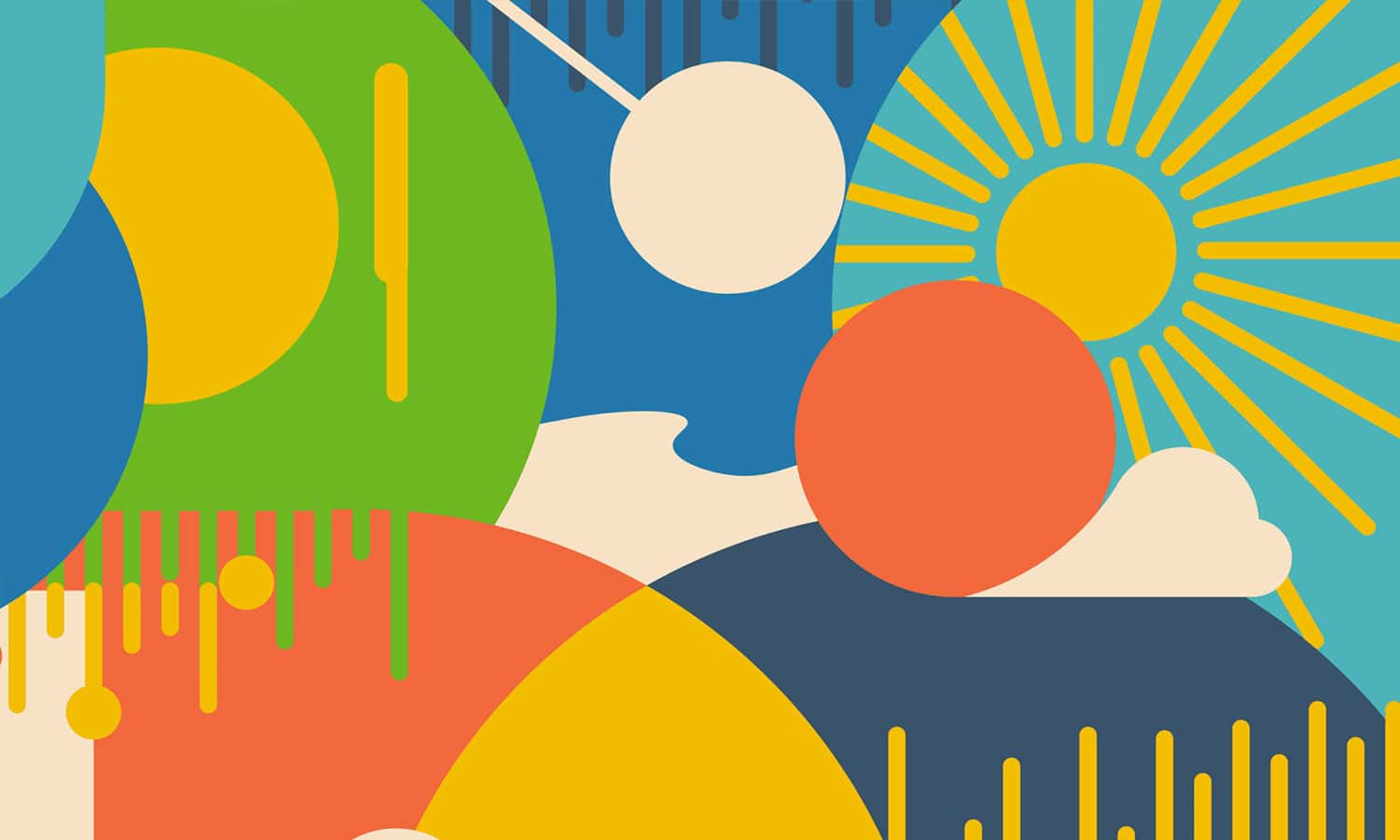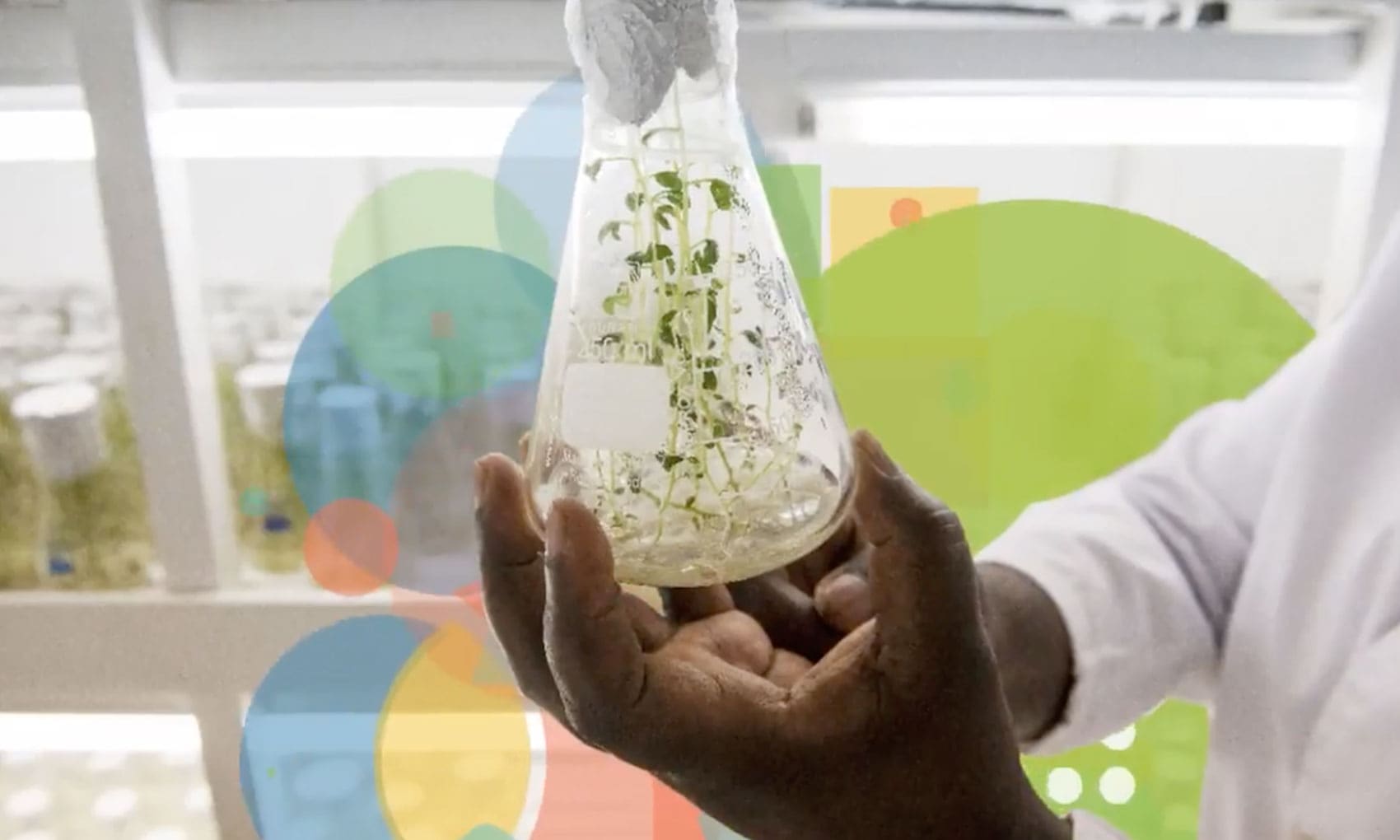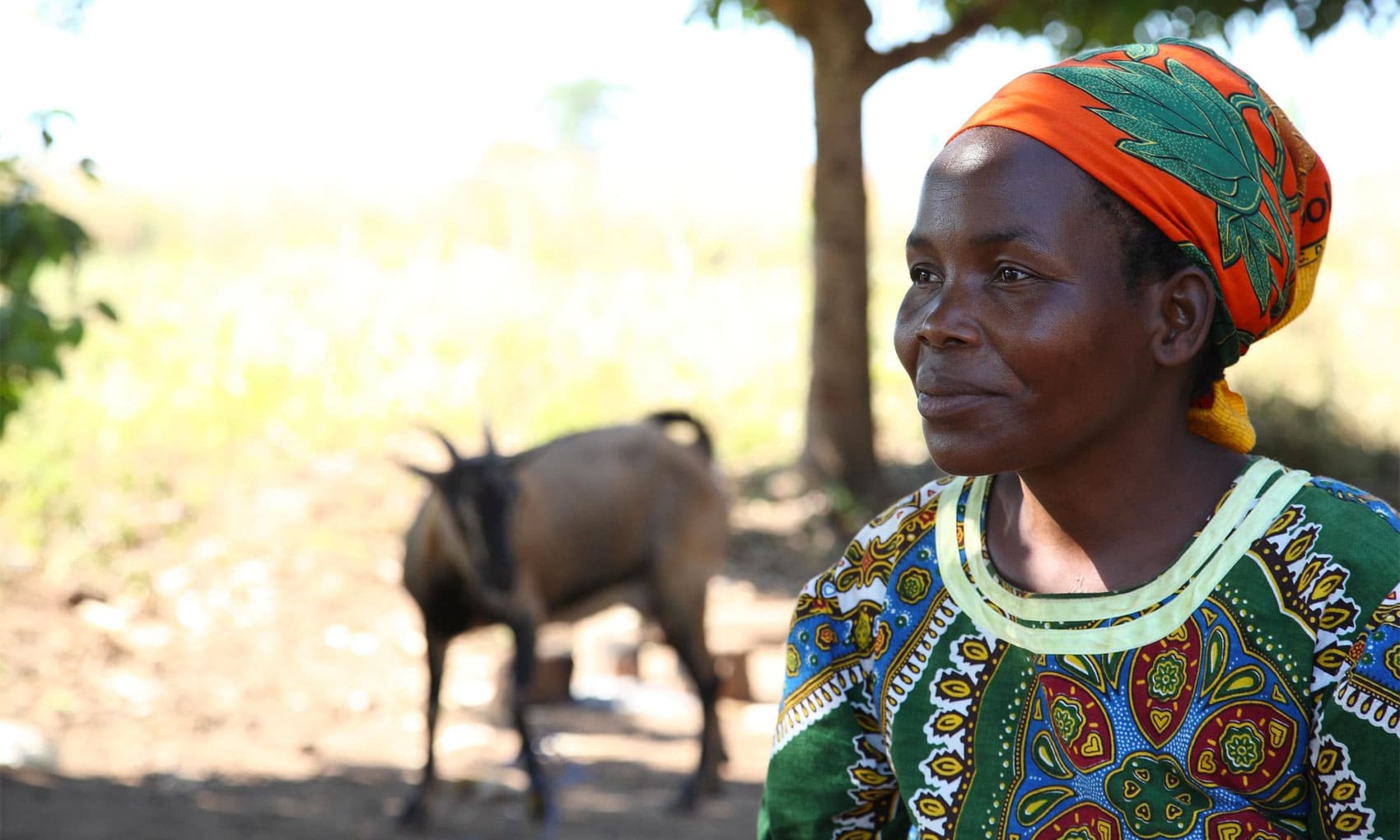Sub-Saharan Africa is far from self-sufficient in rice production, and this situation is projected to worsen in the future, under pressure of climate change and other challenges. On average, rice yield is higher in irrigated areas than in rain-fed systems – the difference can be around 3.6 tons of grain per hectare. Yet only 22% of the total rice growing area in sub-Saharan Africa is irrigated, contributing to 40% of total rice production. Rates of irrigation will need to increase substantially for sub-Saharan Africa to achieve rice self-sufficiency.
CGIAR researchers at AfricaRice and their national partners noted that in irrigated systems, rice yield can be higher in the dry season than in the wet because of higher solar radiation, even as water scarcity remains a major constraint to high yields. In Burkina Faso, for example, one-third of the rice area is abandoned in the dry season due to water scarcity. To improve the water productivity of rice and help alleviate other rice yield challenges, the researchers and their partners in Burkina Faso, Côte d’Ivoire and Senegal evaluated and adapted the alternate wetting and drying (AWD) method of irrigation to local conditions.
Across Burkina Faso, Côte d’Ivoire and Senegal, the alternate wetting and drying method was found to reduce the amount of water needed for irrigation by 38%, and increase water productivity by 33%
Using AWD, fields are not kept continuously flooded, as conventionally practiced by farmers but are subject to intermittent irrigation based on the water level in an installed field tube. When water disappears from the tube, the fields are flooded to a depth of five centimeters. Fields are also kept flooded between 2 to 5 centimeters during the first 10 days after transplanting, to suppress weeds, and during the flowering stage, to avoid water stress at that critical phase for rice plants.
Across Burkina Faso, Côte d’Ivoire and Senegal, AWD was found to reduce the amount of water needed for irrigation by 38%, and increase water productivity by 33%. Quality and quantity of grain were also maintained, with yields at an average of 6.2 tons per hectare. In Côte d’Ivoire, AWD was additionally shown to suppress lowland and broad-leaved weeds, resulting in an average 36% reduction in labor in 30 farmers’ fields. From 2019 to 2020, water availability in Côte d’Ivoire’s dams was found to have increased as a result of farmers using this innovative irrigation technique.
By reducing the amount of water required for rice production, AWD enables sub-Saharan African farmers to produce more rice, even in the dry season, and increase their overall household income, significantly reducing rates of hunger and poverty.
Header photo: A field day at the AfricaRice-Sahel Regional Station in Saint Louis Senegal. Senegal is one of the sub-Sahara African countries to benefit from the alternate wetting and drying (AWD) method of irrigation. Photo by R. Raman/AfricaRice.


